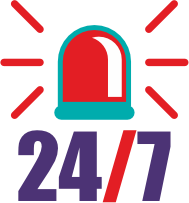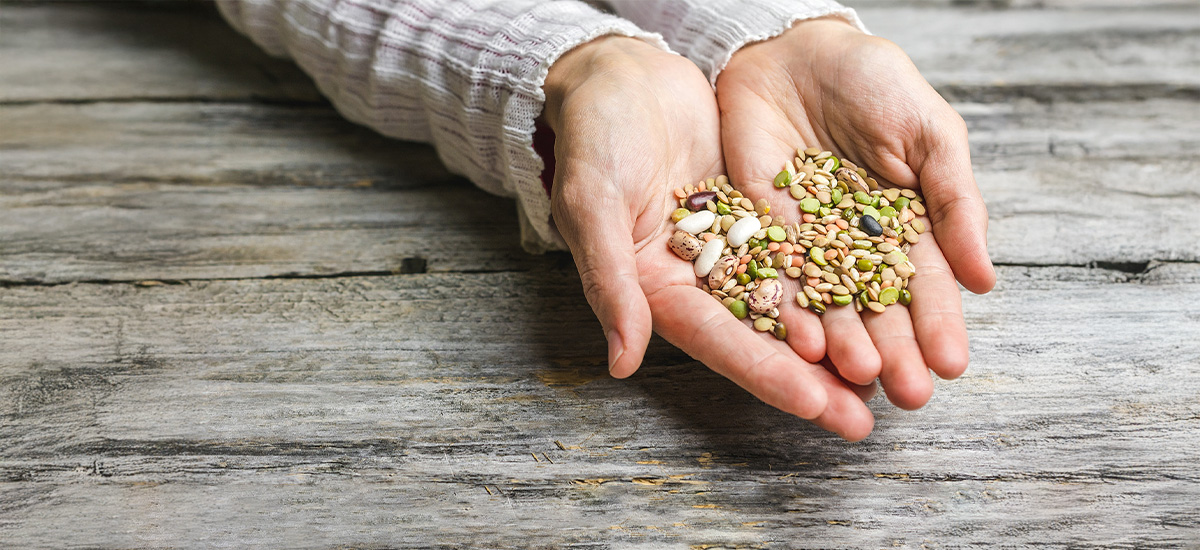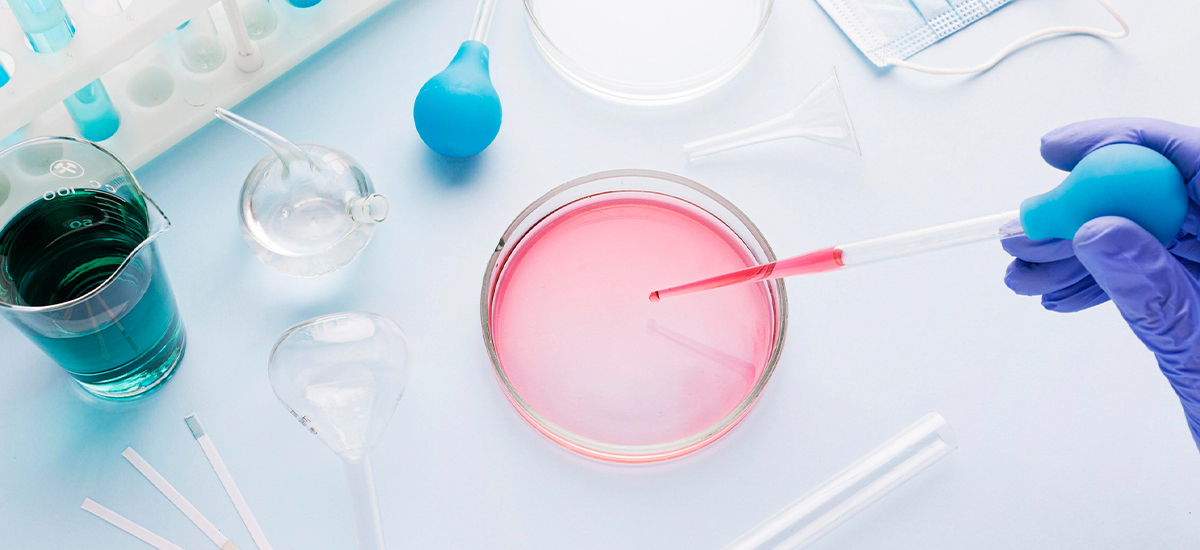Categories
Seed Cycling for Periods: Understanding Benefits and More
Nov 25, 2025
People talk about seed cycling for periods like it’s a secret switch. You eat certain seeds on certain days and your cycle behaves. That’s the story. The honest version is simpler. Seed cycling is a routine, not a shortcut. It’s food you can track and prepare the same way every day. If your symptoms improve while you’re doing it, you write that down. If they don’t, you stop pretending it’s magic.
Not proven. It’s structured nutrition with a calendar.
How long before I know if it’s helping?
Give it two full cycles with symptom tracking.
Can I do it if my cycles are irregular?
You can, but tracking symptoms may be more useful than chasing dates; use a simple “first half/second half” based on bleeding and ovulation signs if you chart.
Can I just eat all four seeds daily? You can. If the routine keeps you compliant and your stomach is fine, the body won’t file a complaint.
The protocol
There are two halves. Day 1 to 14 (roughly the first half of the cycle): 1–2 tablespoons ground flaxseed and 1–2 tablespoons pumpkin seeds daily. Day 15 to 28 (the back half): 1–2 tablespoons sesame seeds and 1–2 tablespoons sunflower seeds daily. Grind flax fresh or buy it ground and keep it in the fridge. Toss the rest on yogurt, oatmeal, salads, or smoothies. That’s the whole setup. No tinctures. No rituals under a full moon.The claims vs. what’s actually known
Here’s the part that saves you time. The internet says flax and pumpkin “support estrogen” early in the cycle and sesame and sunflower “support progesterone” later. The evidence is limited. There are no strong, well-controlled trials showing seed cycling changes ovulation timing, fixes irregular periods, or treats PMS by itself. What we do know is basic nutrition. Seeds bring fiber, healthy fats, micronutrients, and lignans (plant compounds) that can be part of a balanced diet. They can help your gut, your lipids, and your breakfast look like someone planned it. That’s real. It’s not the same as proof they regulate hormones.The angle that actually helps
Treat seed cycling as structured meal planning plus symptom tracking. You are building a steady habit you can evaluate. You are not bartering with your endocrine system. If your cramps, mood swings, or mid-cycle headaches improve over two or three cycles while everything else stays about the same, you can keep the routine. If nothing changes, you move on and you don’t waste another season.How to test it
Pick two symptoms that bother you most—say, pain on day one and sleep in the week before bleeding. Track them for one full cycle before you start. Use a 0–10 scale daily. Then run seed cycling for two cycles and keep scoring. If each symptom improves by 2 points or more and stays there, that’s a practical win. If not, you stop and try something with better evidence.What you might feel from the food alone
Don’t overthink the biochemistry. You might have more regular bowel movements because of the fiber. You might feel fuller and snack less because of the fat and protein. Your LDL might budge in the right direction. Those are seed cycling benefits you can measure. They’re not hormones; they’re nutrition doing its job.When food isn’t the fix you need
If your cycles are wildly irregular, very heavy (soaking through protection hourly), very painful despite over-the-counter meds, or you’re trying to conceive and nothing is lining up, food routines won’t cover it. That’s when you see a clinician and check for causes you can actually treat: thyroid issues, PCOS, fibroids, endometriosis, bleeding disorders, or medication side effects. Seeds won’t correct those by themselves.A simple setup that doesn’t take your whole day
Buy the four seeds. Keep flax in the fridge. Measure once in the morning.- Breakfast idea: yogurt, berries, 1 tbsp ground flax + 1 tbsp pumpkin (or sesame + sunflower in the second half).
- Lunch idea: toss the day’s seeds on a salad with a protein and something green.
- Smoothie idea: banana, milk or yogurt, cinnamon, ice, and the day’s seeds.
You’re done in five minutes. No sachets. No powders that cost more than rent.
Safety and common sense
If you have seed allergies, skip the ones you react to—obviously. If you take blood thinners, ask a clinician before you start eating large daily amounts of any single food that might affect clotting or meds. If you are on hormone therapy or have had estrogen-sensitive cancers, talk to your team before loading up on flax or sesame; most people will be fine, but you don’t guess with this stuff. If seeds upset your stomach, start at 1 tablespoon total per day and go up slowly with extra water.What to try next if results are flat
Move to strategies with better data for period problems.- Pain: scheduled NSAIDs starting a day before bleeding; heat; exercise.
- PMS/PMDD: SSRIs (continuous or luteal-phase), CBT, sleep regularity, and alcohol limits.
- Irregular cycles/PCOS: weight-neutral nutrition coaching, resistance training, metformin if indicated, and hormonal contraception for cycle control when pregnancy isn’t the goal.
- Heavy bleeding: tranexamic acid, levonorgestrel IUD, or other targeted options after evaluation.
You can keep seeds in your food while you use treatments that actually move the needle.
A quick FAQ that cuts through chatter
Does seed cycling balance hormones?Not proven. It’s structured nutrition with a calendar.
How long before I know if it’s helping?
Give it two full cycles with symptom tracking.
Can I do it if my cycles are irregular?
You can, but tracking symptoms may be more useful than chasing dates; use a simple “first half/second half” based on bleeding and ovulation signs if you chart.
Can I just eat all four seeds daily? You can. If the routine keeps you compliant and your stomach is fine, the body won’t file a complaint.











